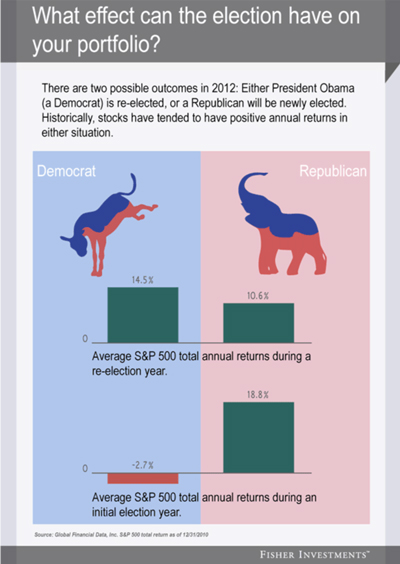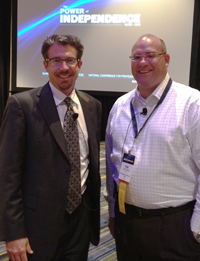
 Declaration of Independence was approved by the Continental Congress. Thereafter, the 13 colonies embarked on the road to freedom as a sovereign nation. This most American of holidays is traditionally celebrated with parades, fireworks and backyard barbecues across the country. As you send out your July 4th party invitations, take a minute to think about how much you really know about what we are celebrating.
Declaration of Independence was approved by the Continental Congress. Thereafter, the 13 colonies embarked on the road to freedom as a sovereign nation. This most American of holidays is traditionally celebrated with parades, fireworks and backyard barbecues across the country. As you send out your July 4th party invitations, take a minute to think about how much you really know about what we are celebrating.
4th of July History & Trivia -Did You Know…
- The major objection to being ruled by Britain was taxation without representation. The colonists had no say in the decisions of English Parliament.
- In May, 1776, after nearly a year of trying to resolve their differences with England, the colonies sent delegates to the Second Continental Congress. Finally, in June, admitting that their efforts were hopeless; a committee was formed to compose the formal Declaration of Independence. Headed by Thomas Jefferson, the committee also included John Adams, Benjamin Franklin, Philip Livingston and Roger Sherman. On June 28, 1776, Thomas Jefferson presented the first draft of the declaration to Congress.
- Betsy Ross, according to legend, sewed the first American flag in May or June 1776, as commissioned by the Congressional Committee.
- Independence Day was first celebrated in Philadelphia on July 8, 1776.
- The Liberty Bell sounded from the tower of Independence Hall on July 8, 1776, summoning citizens to gather for the first public reading of the Declaration of Independence by Colonel John Nixon.














